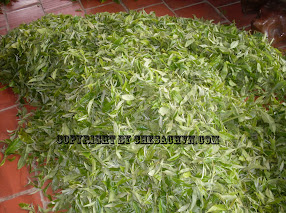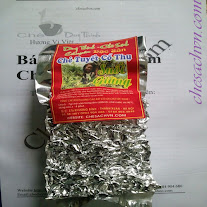Green tea and green tea extracts are rapidly growing dietary supplements in the United States. They have been touted as effective for anything from cancer prevention to promoting longevity.
Green tea and green tea extracts are rapidly growing dietary supplements in the United States. They have been touted as effective for anything from cancer prevention to promoting longevity. But do these supplements really do what they are purported to do?
Green tea is made from the plant Camellia sinensis. It has been consumed by Asian cultures for over 2,000 years. Legend has it that the drink was originally discovered when leaves from the plant accidentally landed in a Chinese emperor’s pot of boiling water.
Green tea is “non-fermented,” produced by drying and steaming the fresh leaves. Oolong tea and black tea are produced from the same leaves, but are made from “semi-fermented” and “fermented” leaves, respectively. Oolong tea is popular in China and Taiwan, black tea in Europe, North Africa and North America. Eighty percent of black tea consumed in the United States is in the form of iced tea.
The plant contains a variety of biologically active chemical substances, producing both desirable and, sometimes, undesirable effects. Caffeine is probably the most well-known component. The caffeine content in a cup of green tea is about 15 to 30 grams. Coffee, by comparison, has about three to four times the caffeine at 60 to 100 gm. per cup. A can of regular soda has about 35 grams.
The plant also contains theophylline, a chemical similar in properties to caffeine. It also produces central nervous system stimulation. This can lead to increased mental alertness and a decreased sense of fatigue, but also lends to insomnia. It is a more potent diuretic than caffeine. It is used medically as a bronchodilator in asthmatics and those with chronic obstructive pulmonary disease (COPD)
 .
.
Some of the other chemicals found in green tea are referred to as flavonoids or “bio-flavonoids”. They are plant-derived chemicals that have a specific chemical structure that includes many phenol groups, or polyphenols. These substances make up about 20 to 45 percent of the weight of green tea leaves. Of these flavonoids, 60 to 80 percent are substances called catechins.

Catechin, catechin derivatives, gallic acid, and other flavonoids are the substances of greatest health interest in green tea. One particular flavonoid, epigallo-catechin gallate (EGCG), is the most researched and the most prevalent in tea. It has been suggested that these substances may have a variety of pro-health benefits including: antioxidant, anti-diabetic, anti-inflammatory, antimicrobial, anti-cholesterol, anti-hypertensive, anti-cancer, and pro-weight loss properties.

Many studies have been done to examine the validity of these claims; however, the results are mixed. Some studies have shown benefits in certain populations, but others have not. It is not yet clear whether the benefits that are attributed to green tea may indeed be due to the healthier lifestyles of some cultures and/or genetics.
These inconsistencies make it difficult to recommend for or advise against regular daily use of green tea for specific conditions. Right now in the U.S., the only official indication approved through the Food and Drug Administration for green tea extract is for the topical treatment of genital and perianal warts.
The content in this column is for informational purposes only. Consult your physician for appropriate individual treatment. Dr. Reynolds practices Family Medicine in Chesterfield.